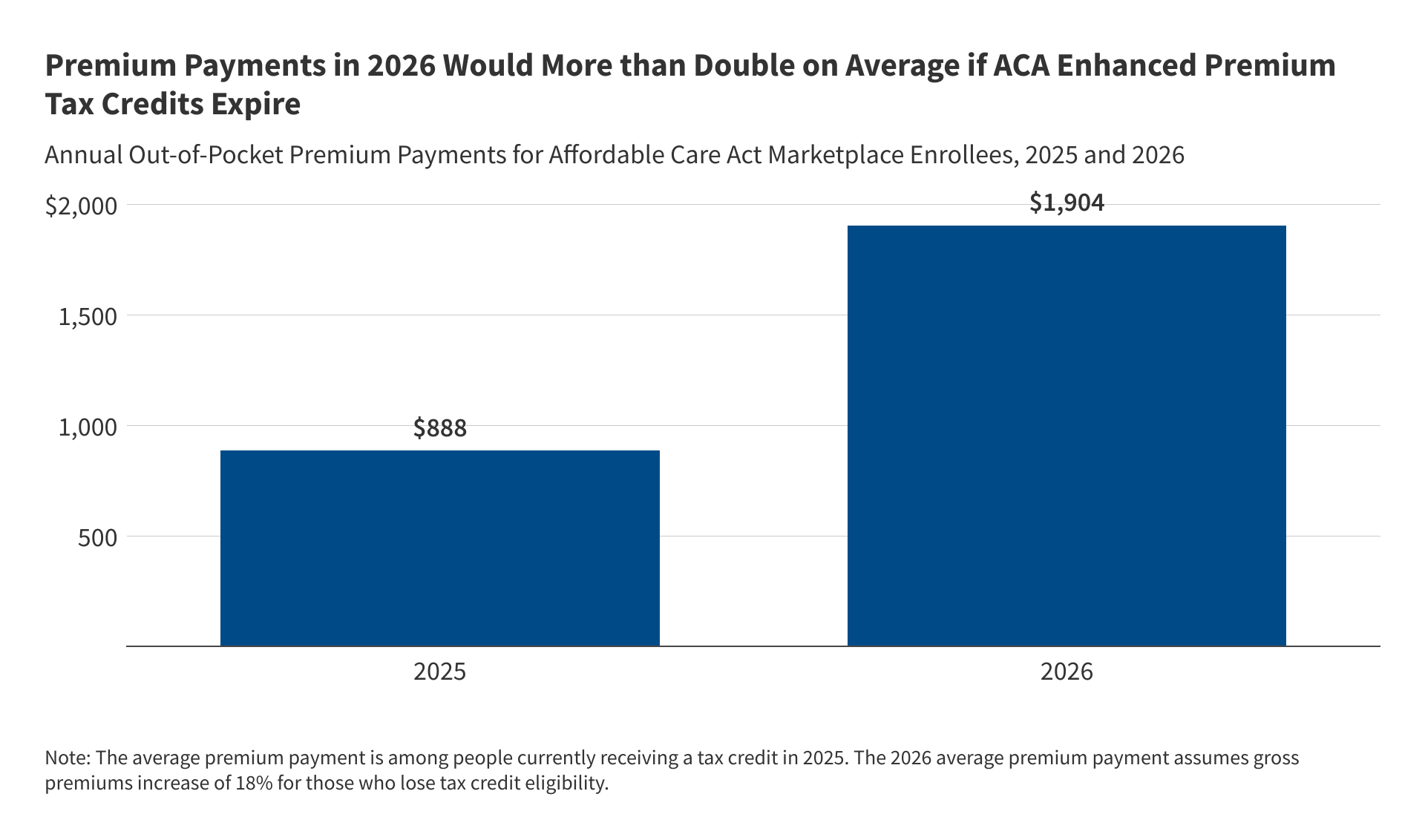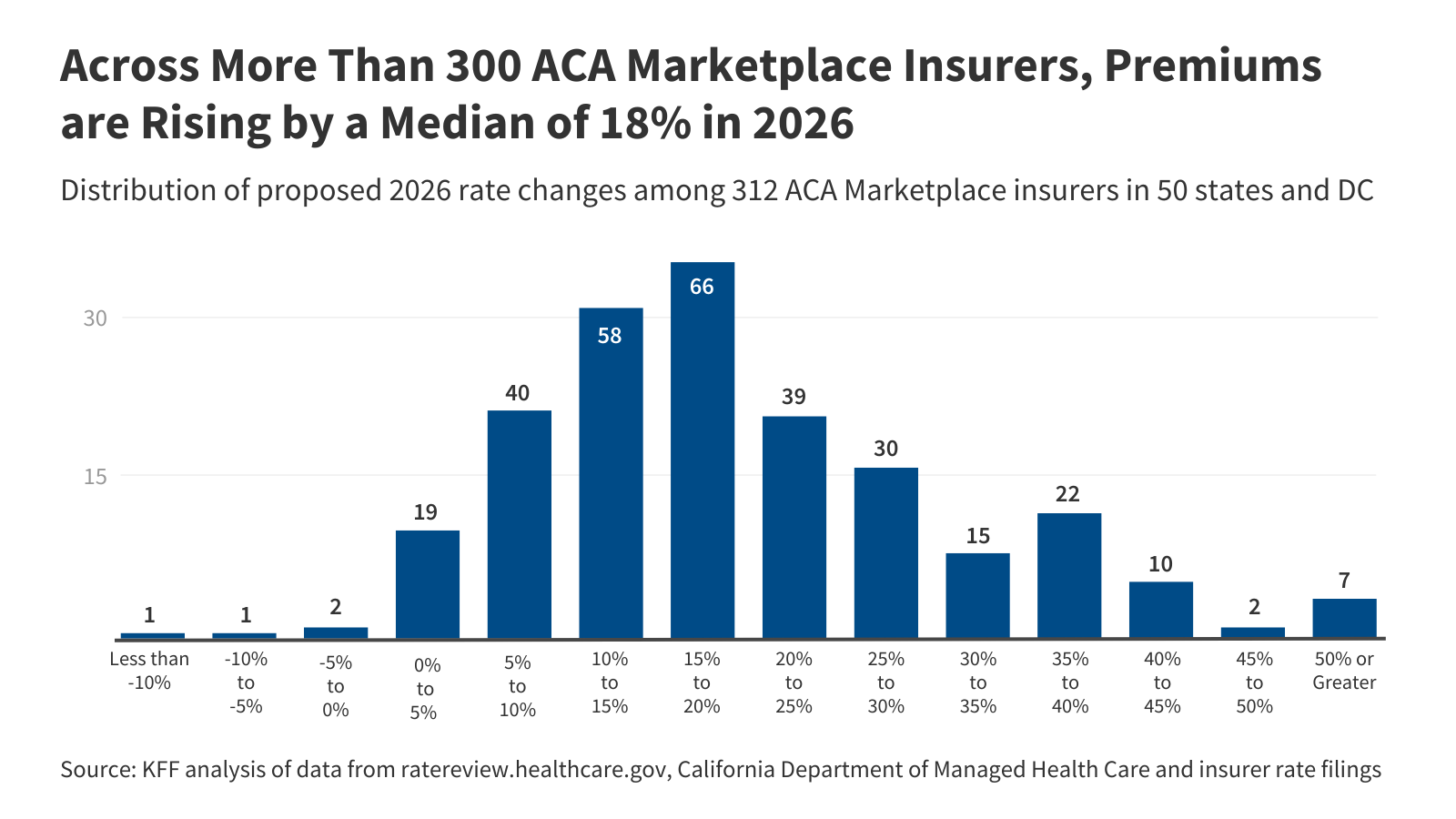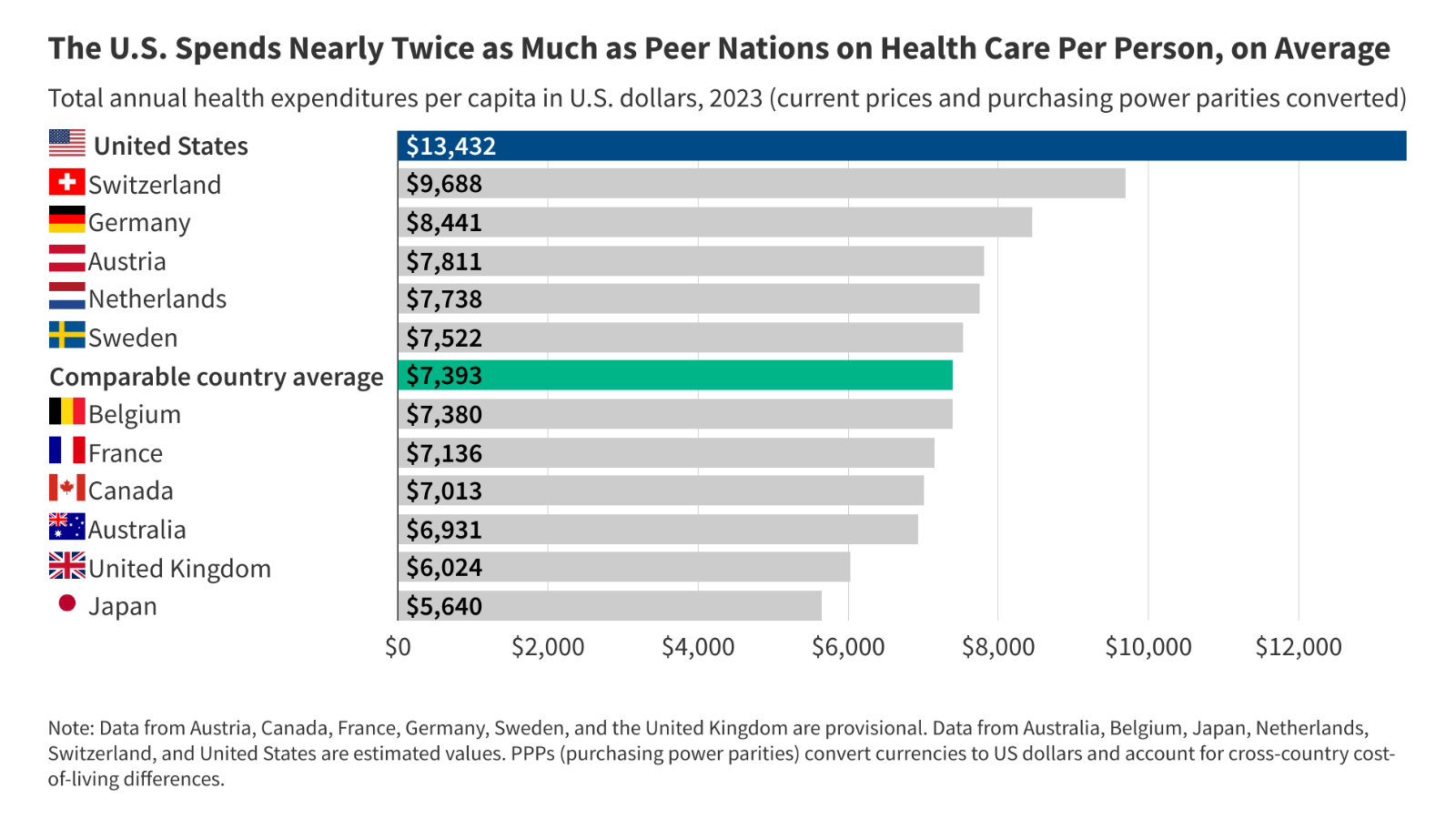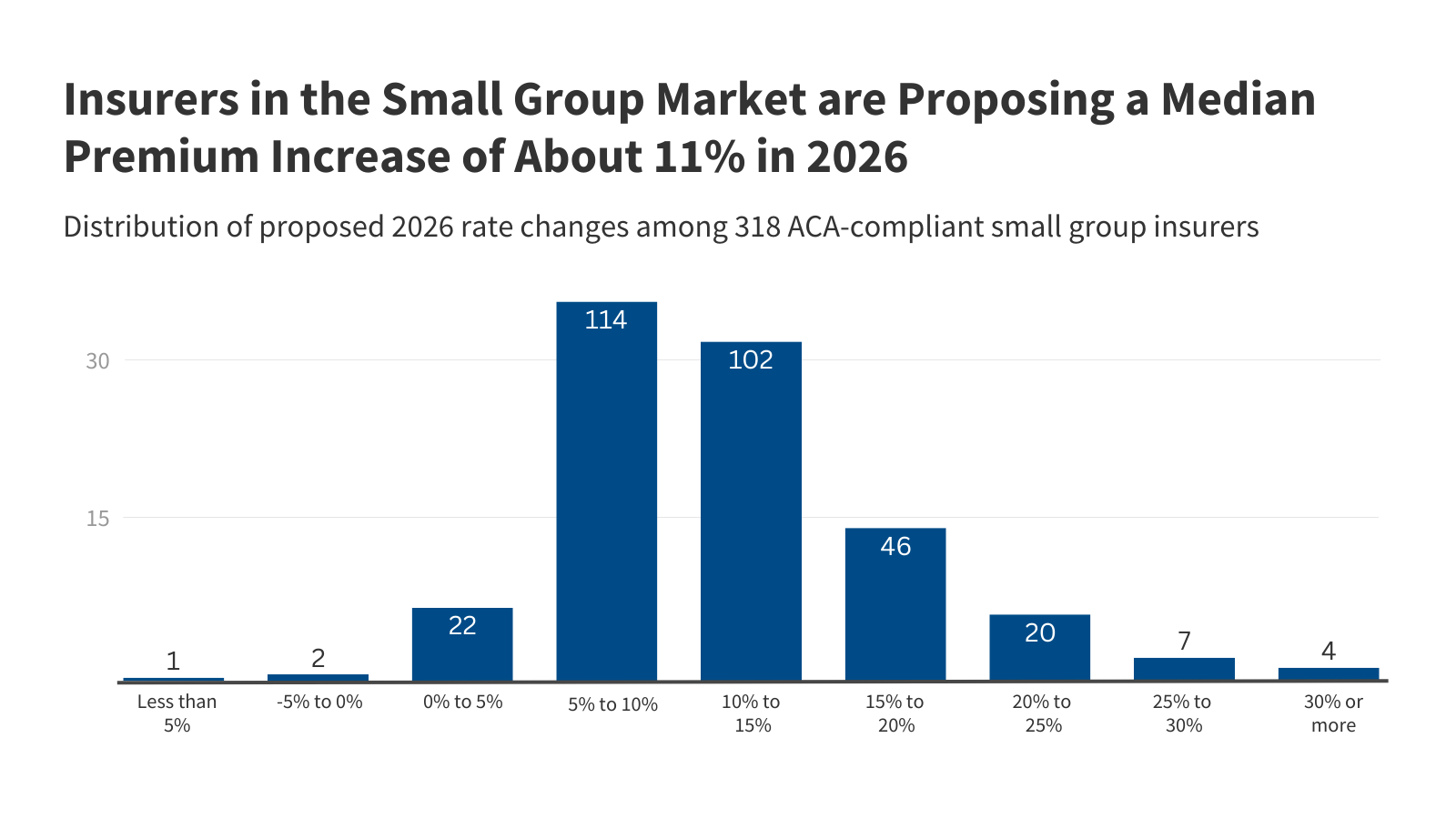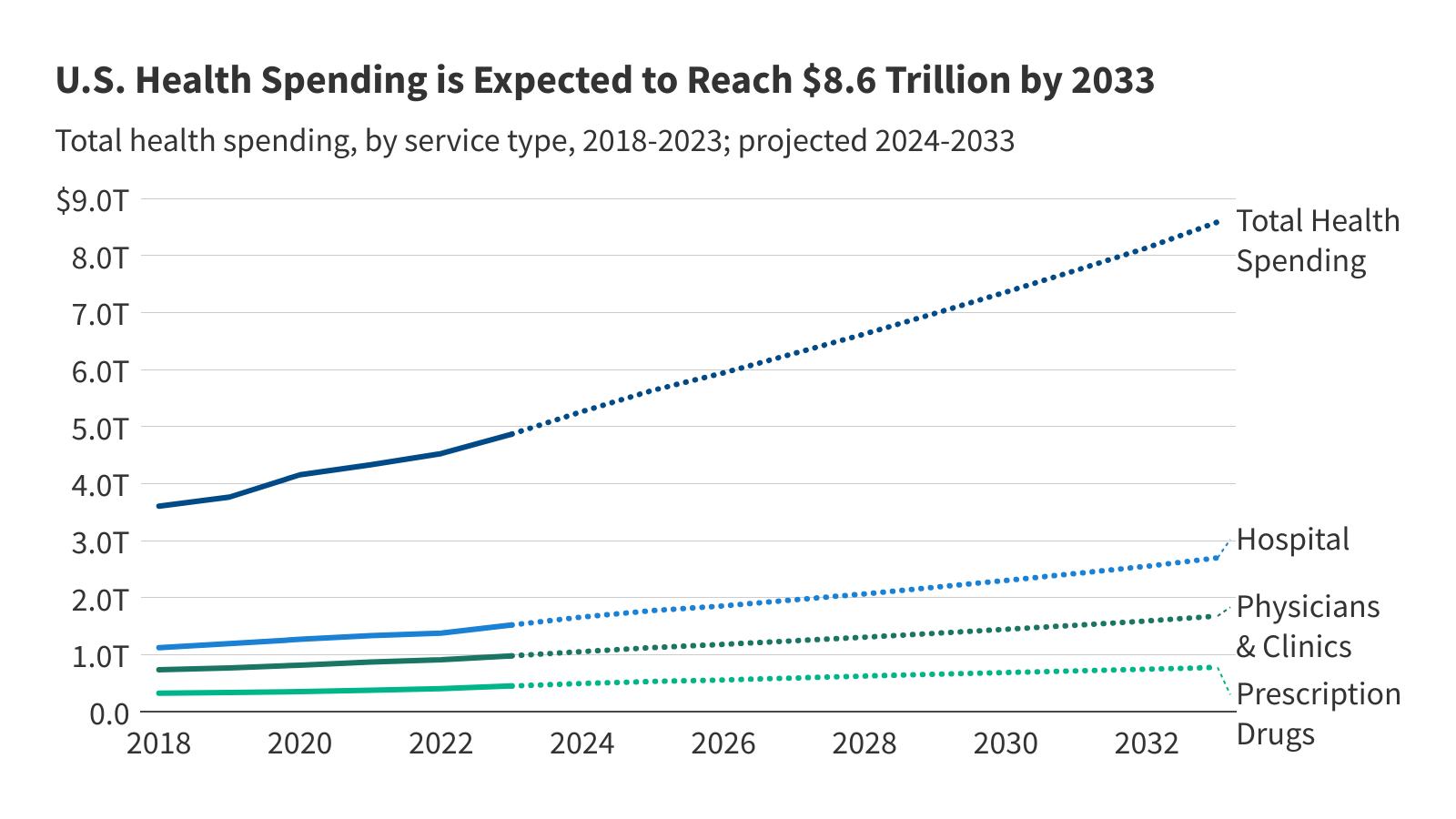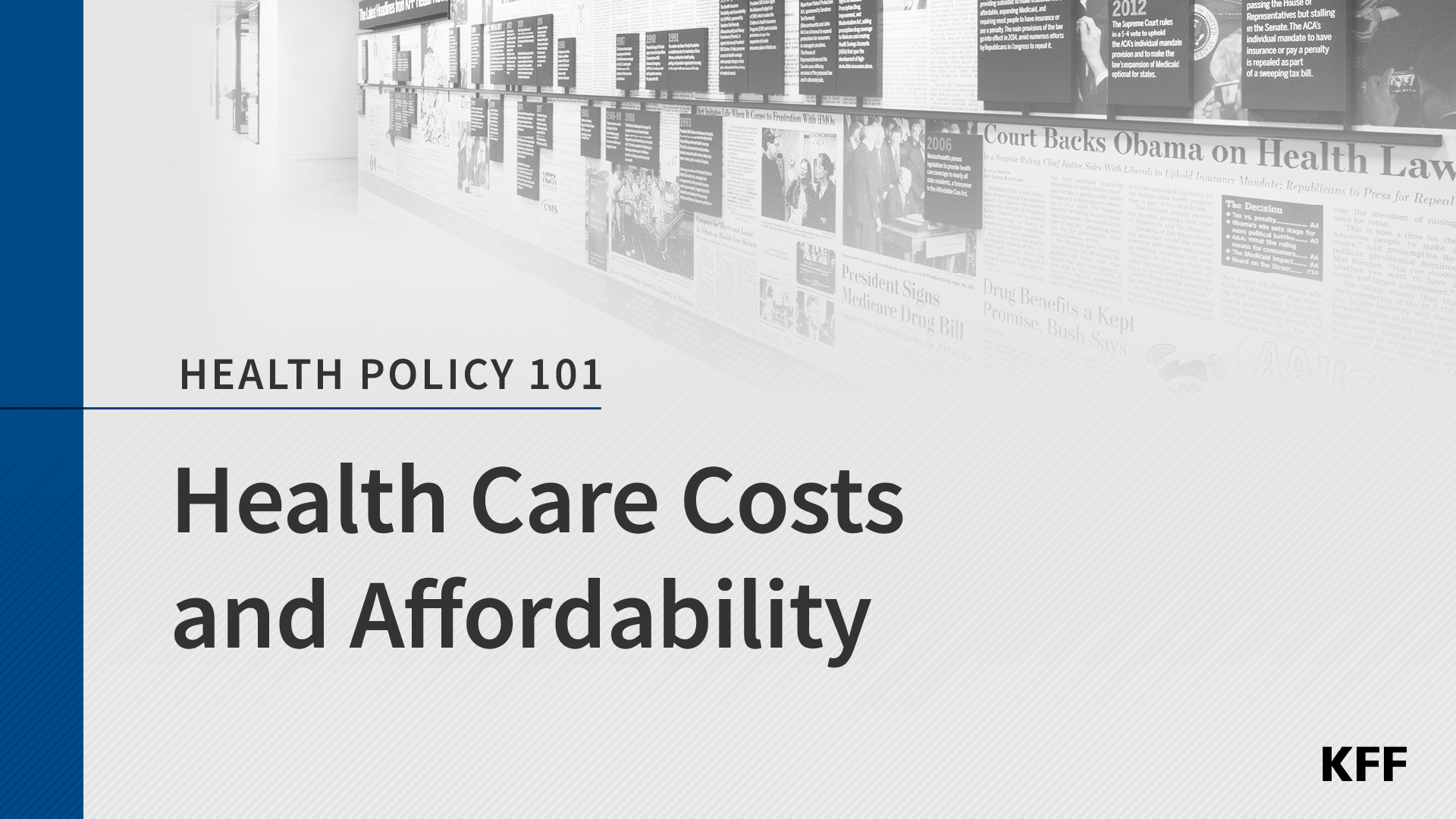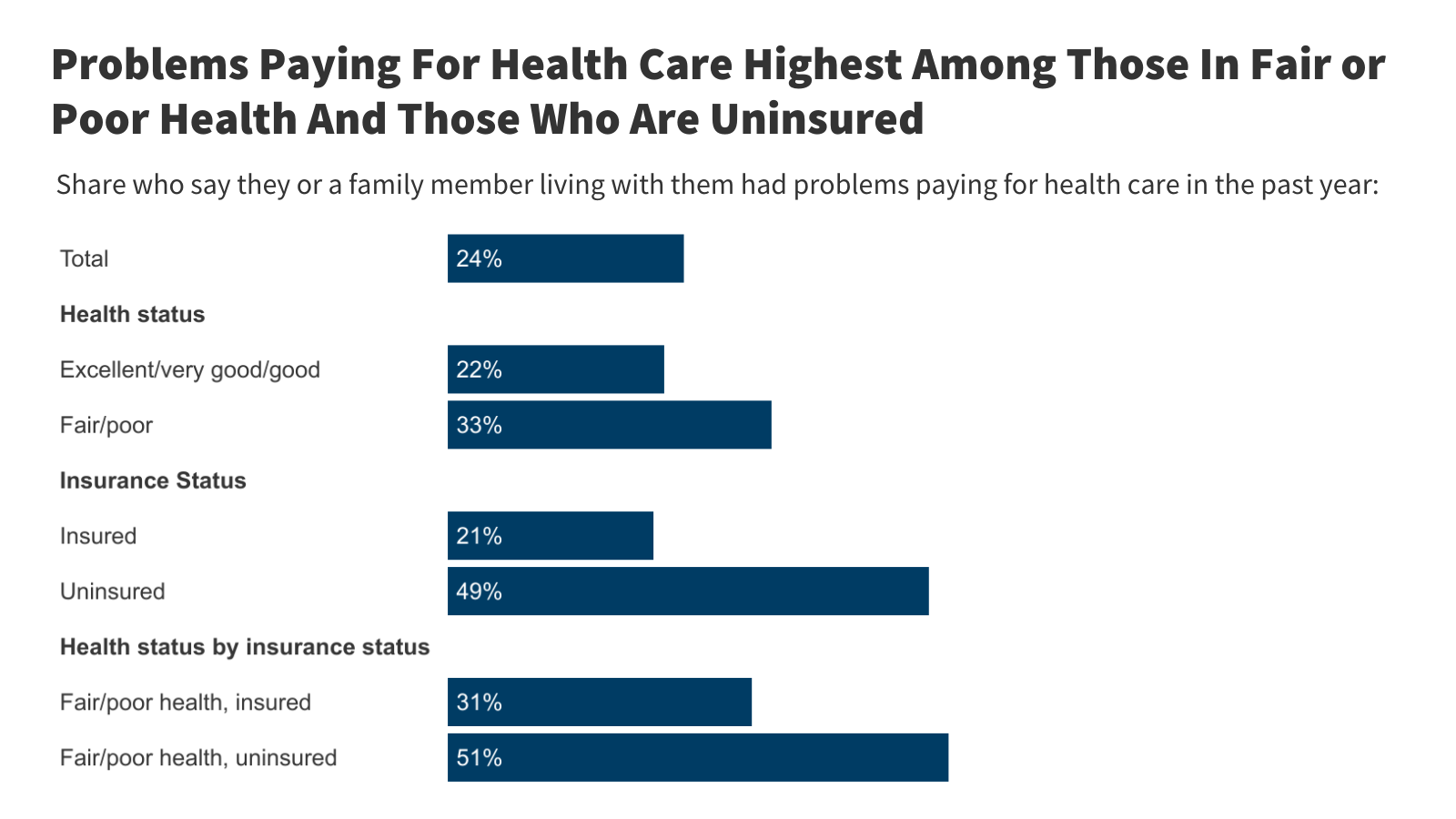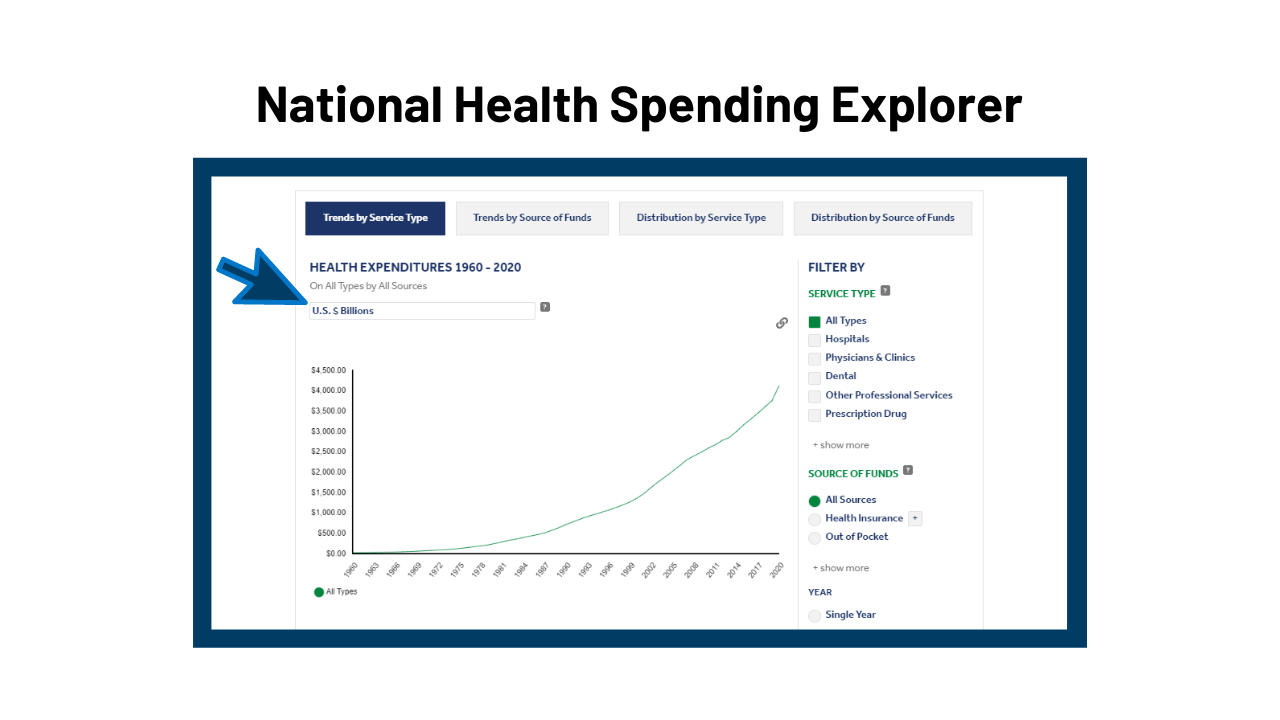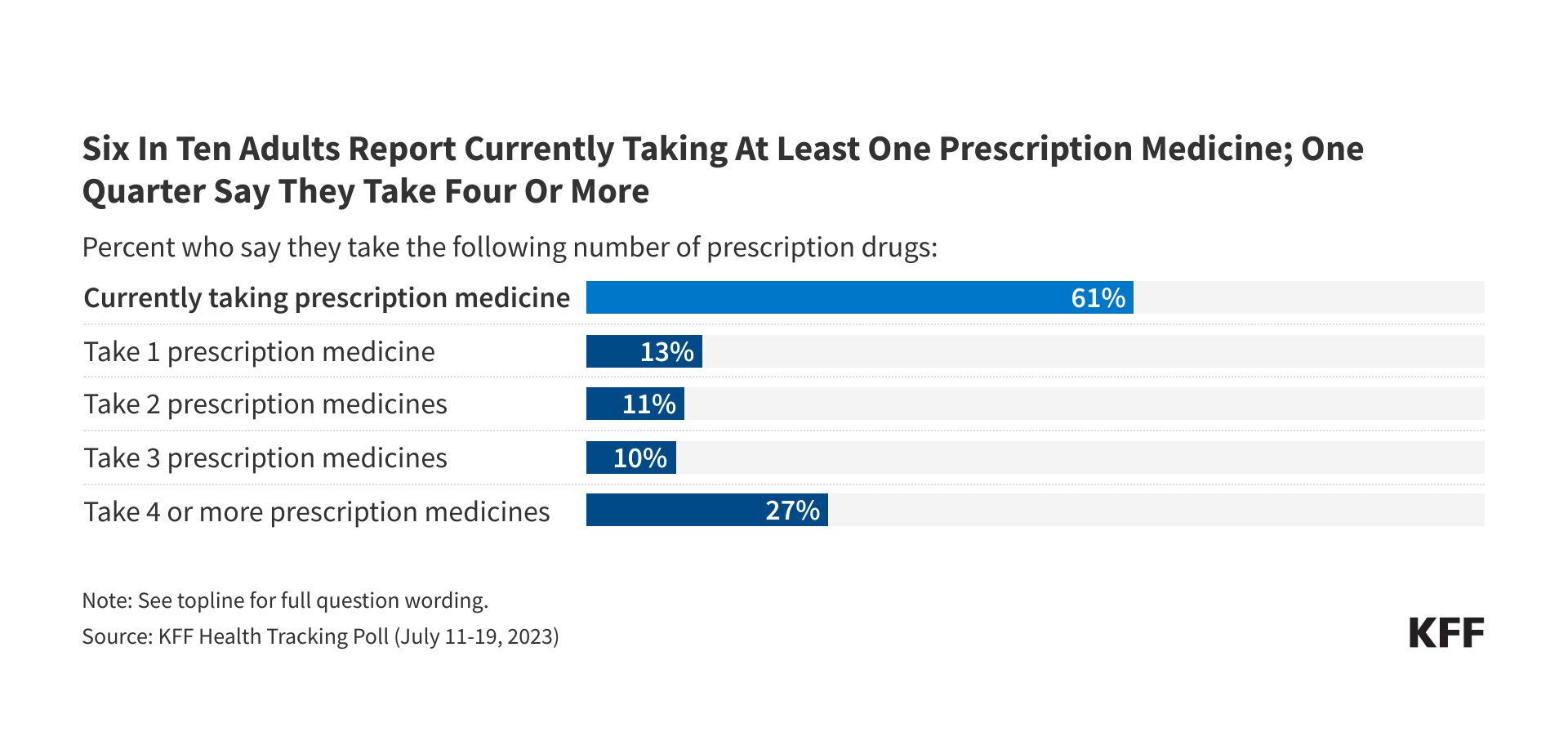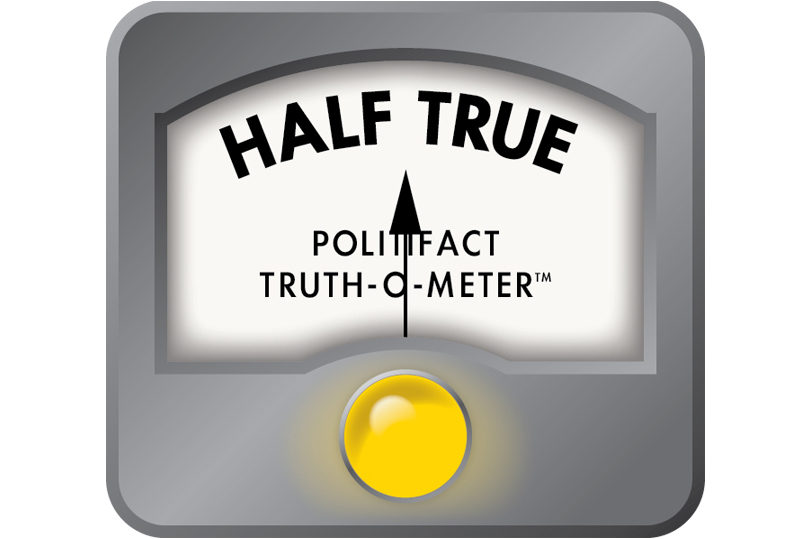Assessing the Performance of the U.S. Health System
Health spending growth has consistently outpaced U.S. economic growth and is higher than medical spending in other wealthy countries. Despite spending more, the United States doesn't have better health outcome in terms of life expectancy, mortality rates and other measures. This brief provides an overview of trends in health costs and the performance of the U.S. health system, including comparisons to countries from the Organisation for Economic Co-operation and Development (OECD). The brief charts growth in the nation's per capita health spending along with the recent slowdown, touching on the roles of expanded Medicaid eligibility, increases in Medicare beneficiaries and the Affordable Care Act (ACA). Additionally, it discusses the health system's effectiveness and capacity to provide services, including the accessibility and affordability of care.
